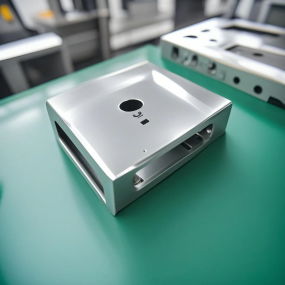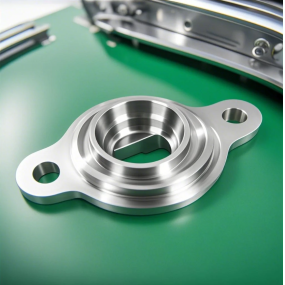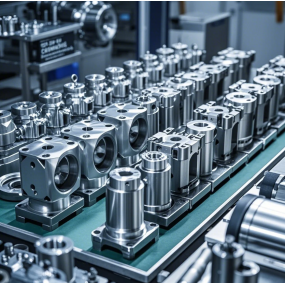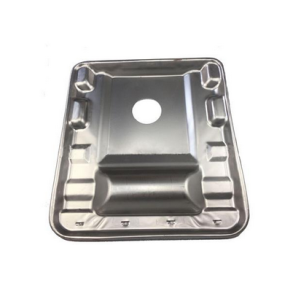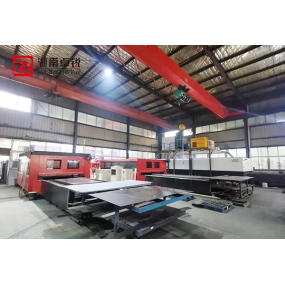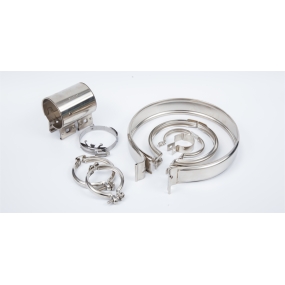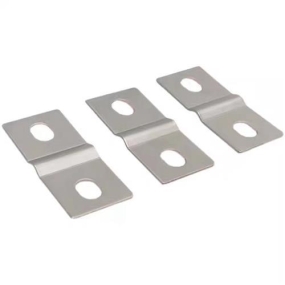In general, the Sheet Metal Processing we usually refer to refers to the technology of processing uniformly thick plates without the need for mold forming. The production speed is slow, including cutting, bending, stretching, welding, spraying, assembly, etc., mainly including cutting, punching, folding, welding and bonding processing steps. Therefore, sheet metal processing is a key technology that sheet metal technicians need to grasp, and it is also an important process for forming sheet metal products. Do you know what the process of sheet metal processing is like? Below, the editor of Aima Technology Co., Ltd. will introduce to you:
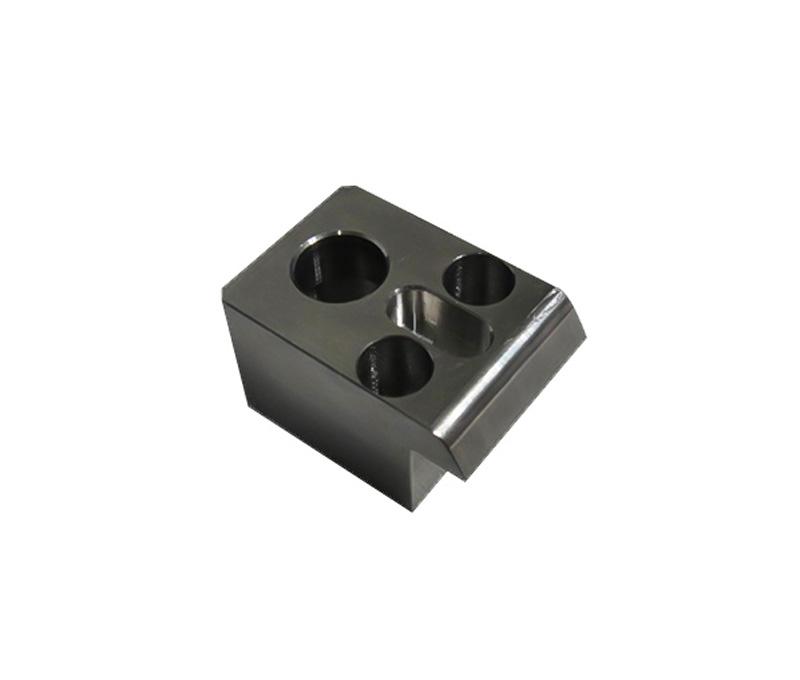
The manufacturing process of sheet metal processing is as follows:
1. Cutting:
Mainly numerical punching and laser cutting. Numerical punching refers to the use of CNC punching machines for processing, with a thickness range of 3mm for cold-rolled and hot-rolled plates, 4mm for aluminum plates, and 2mm for stainless steel plates. Punching has small size requirements, which are related to the shape of the hole, material properties, and thickness. Laser cutting is a laser flight cutting process, with a processing range of 20mm for cold-rolled and hot-rolled plates, and 10mm for stainless steel. Its advantages are large thickness of processed sheet metal, fast cutting speed of workpiece shape, and flexible processing.
2. Bending:
Bending parts have a minimum bending radius. When the material is bent, the outer layer is stretched and the inner layer is compressed in the rounded area. When the thickness of the material is constant, the smaller the inner bending radius, the more severe the stretching and compression of the material; When the tensile force on the outer layer exceeds the limit of the material, fracture and breakage will occur.
3. Stretching:
The fillet radius between the bottom of the stretching part and the straight wall should be greater than the thickness of the plate. The thickness of the stretched material will change to some extent. The original thickness is generally maintained in the center of the bottom, the material at the bottom fillet becomes thinner, the material near the flange at the top becomes thicker, and the material at the fillet around the rectangular stretching part becomes thicker.
4. Welding:
Mainly for arc welding and gas welding, among which arc welding is flexible, mobile, widely applicable, and can perform all position welding; The equipment used is simple, durable, and has low maintenance costs. But the labor intensity is high and the quality is not stable enough, depending on the operator's level. Sheet metal processing is suitable for welding carbon steel, low-alloy steel, and non-ferrous alloys such as copper and aluminum with a thickness of 3mm or more. The temperature and properties of gas welding flames can be adjusted, and compared to arc welding, the heat source has a wider heat affected zone, less concentrated heat than the arc, and lower productivity. It is used for welding thin-walled structures and small parts, and can weld steel, cast iron, aluminum, copper and its alloys, hard alloys, etc.
5. Spray coating:
By using ovens and other machines to automatically spray oil, powder, and other treatments on the surface of hardware components, the product's appearance is made beautiful and attractive, meeting the requirements for packaging and shipping.
6. Inspection:
The production process of sheet metal processing products is controlled in real-time by the quality inspection department to reduce production losses and defect rates, ensuring production quality.
7. Storage:
The products that have undergone the above processes in sheet metal processing have met the requirements for storage and preparation for shipment, and can be packaged and stored.
In summary, it is the manufacturing process of sheet metal processing. Sheet metal processing only requires simple fixtures and no molds, which can effectively replace the processing method of using complex molds for punching and cutting, greatly shortening the production cycle and reducing production costs. Therefore, sheet metal processing is widely used in our daily lives.


 Spanish
Spanish Arabic
Arabic French
French Portuguese
Portuguese Belarusian
Belarusian Japanese
Japanese Russian
Russian Malay
Malay Icelandic
Icelandic Bulgarian
Bulgarian Azerbaijani
Azerbaijani Estonian
Estonian Irish
Irish Polish
Polish Persian
Persian Boolean
Boolean Danish
Danish German
German Filipino
Filipino Finnish
Finnish Korean
Korean Dutch
Dutch Galician
Galician Catalan
Catalan Czech
Czech Croatian
Croatian Latin
Latin Latvian
Latvian Romanian
Romanian Maltese
Maltese Macedonian
Macedonian Norwegian
Norwegian Swedish
Swedish Serbian
Serbian Slovak
Slovak Slovenian
Slovenian Swahili
Swahili Thai
Thai Turkish
Turkish Welsh
Welsh Urdu
Urdu Ukrainian
Ukrainian Greek
Greek Hungarian
Hungarian Italian
Italian Yiddish
Yiddish Indonesian
Indonesian Vietnamese
Vietnamese Haitian Creole
Haitian Creole Spanish Basque
Spanish Basque


